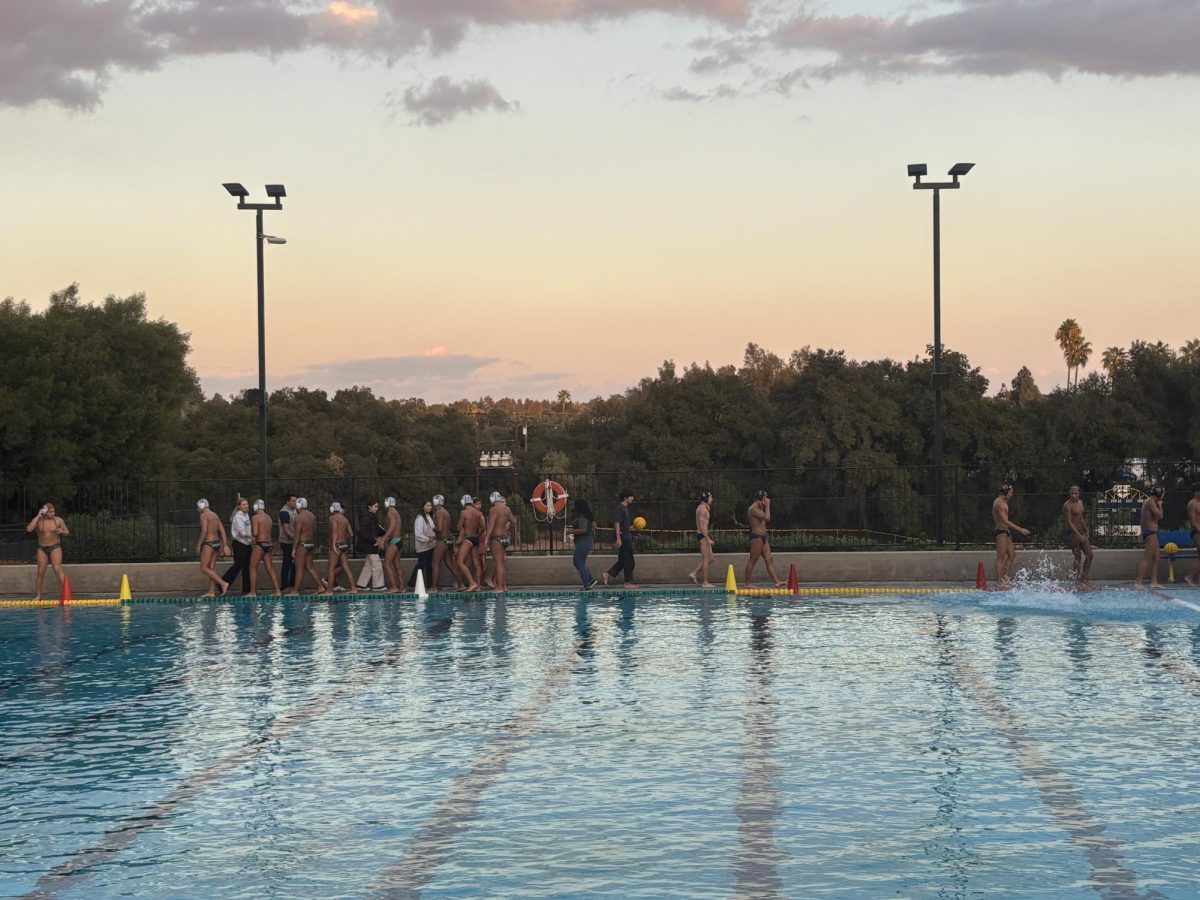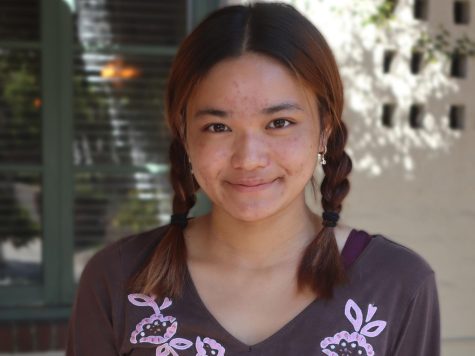As California COVID-19 cases begin to climb even higher, ski lifts and gondolas are preparing to climb as well. The snow season has begun and many ski resorts in California have opened their doors for snow sports, but with coronavirus still rampant in the frosty air, COVID–19 guidelines are more prevalent than ever. These guidelines are important to assure safety for snow sport athletes, similar to how guidelines have helped open soccer or volleyball practices.
Mammoth Moutain is a popular Californian ski resort and boasts over 3500 skiable acres of terrain and almost 4000 feet of vertical elevation. Southern California residents often flock to Mammoth for the holiday break. Mammoth Mountain has placed $1million for higher worker salaries and equipment regarding the pandemic to ensure safety while being open.
Sanitation stations are all over the resort and mask coverings are required of all guests indoors, on ski lifts, and on ski gondolas. Guests are encouraged to stay six feet apart and reservations are required so that capacity can be monitored. To ensure these regulations are followed, Mammoth has instituted a “mask violation policy” that is similar to the statement, “three strikes and you’re out.”
Like Mammoth, Big Bear, a popular resort about two hours from Webb in the San Bernardino National Forest, is opening their slopes with COVID guidelines. Sanitation stations are in place, masks are required, and there is a limited capacity which is 20% of the full capacity.
Big Bear is still going to offer skiing and snowboarding lessons, but with smaller class sizes. They are also using their app to limit contact between employees and guests. However, Big Bear does not have a warning policy listed on their website, differing from Mammoth Mountain. Without this policy, there could potentially be problems with masks being off. Though Mammoth is the safer bet, Big Bear is still an option for the snow season this year.
Going up farther north, South Lake Tahoe has decided to open for the holiday season with strict guidelines. Lake Tahoe is recommending any visitor from instate, out of state, and out of the country to quarantine for fourteen days prior to their stay at the resort. There are fines being enforced for people who do not wear a mask and indoor restaurants are limited to 25 parties.
Their guidelines for skiing on the slopes are similar to the other resorts, where social distancing is encouraged, sanitation stations are located around the resort, and only people of the same parties can travel around together. Guests are also required to wear a mask whenever outdoors and the only exception is for “recreational activities” like hiking, skiing, etc. Out of the many California ski resorts, Lake Tahoe’s guidelines are the most appropriate for the rising COVID cases in California.
Though these resorts are taking extra precautions to ensure safety, combatting the coronavirus may be harder than they think.
Recently, Governor Gavin Newsom had implemented a new “Stay Home” order which encourages residents to quarantine for three weeks and make minimal, non-essential movement outside of households. The three ski resorts mentioned above—Mammoth Mountain, Big Bear, and Lake Tahoe—have written out how this order will affect their openings and you are encouraged to read them after this article. With this new order that looks out for hospitals being overcrowded, keeping ski resorts open may spark some controversy.
With these guidelines in place and the new lockdown order, it is up to the guests to interpret how safe this season will be for themselves and the people around them. Students feel comfortable with these regulations and they feel that these efforts will create a safe season for snow sports.
“Snowboarding tends to be distanced already and many resorts are taking further action with masks,” Maksym Graham (‘23) said.
“As long as [employees] only let people of the same group on lifts together and there is social distancing indoors, it should be safe,” said Taren Duffy (‘22), a member of the Webb Ski and Snowboard Club.
Other students around the United States and the world have given some insight into protocols from their home cities. Pennsylvania ski resorts are already or planning to open with similar guidelines to the ones in California. Beijing, China opened ski resorts with lax guidelines as the COVID level is stable. In Seoul, South Korea, ski resorts will only open if Seoul’s COVID level stays at one, contrasting from the extreme level in California. Though many places are agreeing that these guidelines will keep guests safe, this skepticism from South Korea contradicts the assurance of safety and leaves many wondering if this is truly a safe bet.
From looking at these different perspectives, the snow season will be happening, and there is much more agreement than controversy over this decision. The student perspectives and the stances from different regions are just an example of what the masses may be thinking. With all this information, should you be going up to the mountains this year? You can be the judge now that you know what to expect for this year’s snow season.


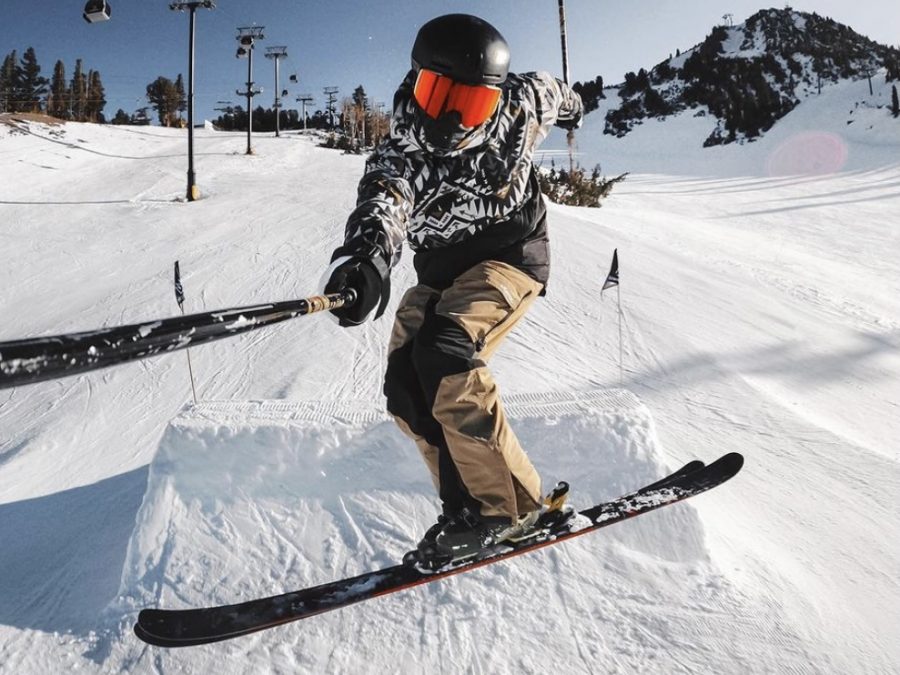

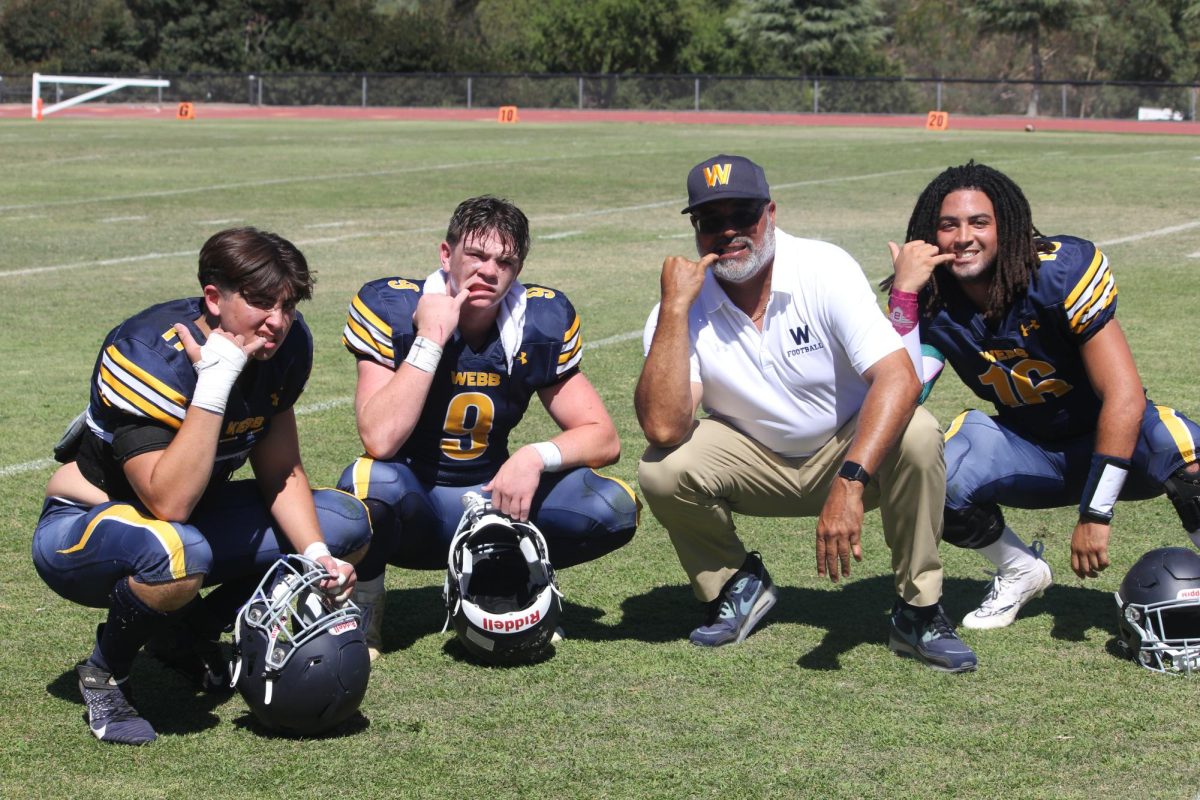
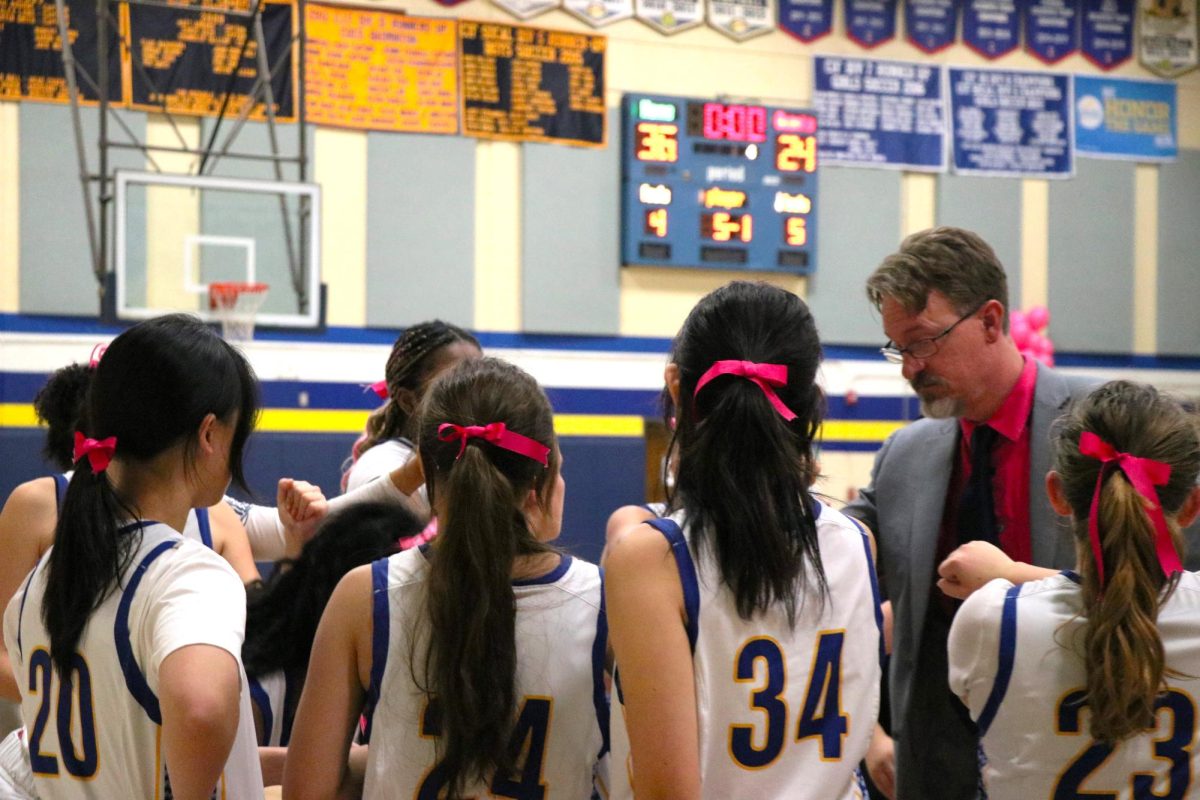
![On one of the Webb robotics team’s new Skytech Nebula computers is Jake Hui (‘25), engineer of Webb’s 358 Robotics team who is currently improving his team’s robot virtually in a Computer Aided Design application, or CAD. Before the building, the driving, and the victories, comes the prototyping of the robot.
“Right here [on his computer] is where the robot is designed, and I have access to all the parts that I need to try things out,” Jake said.
Technical computer skills as well as an intimate knowledge of how robots work is required to efficiently work in the CAD design space. The skills are well worth the time spent, as it can save hours or even days' worth of time spent on assembly in the real world.
"If there is a piece that we don’t have, 3D print it to see if it's really necessary before making an expensive purchase, as the parts can cost hundreds of dollars,” Jake said.](https://webbcanyonchronicle.com/wp-content/uploads/2025/02/IMG_2381-1200x900.png)

